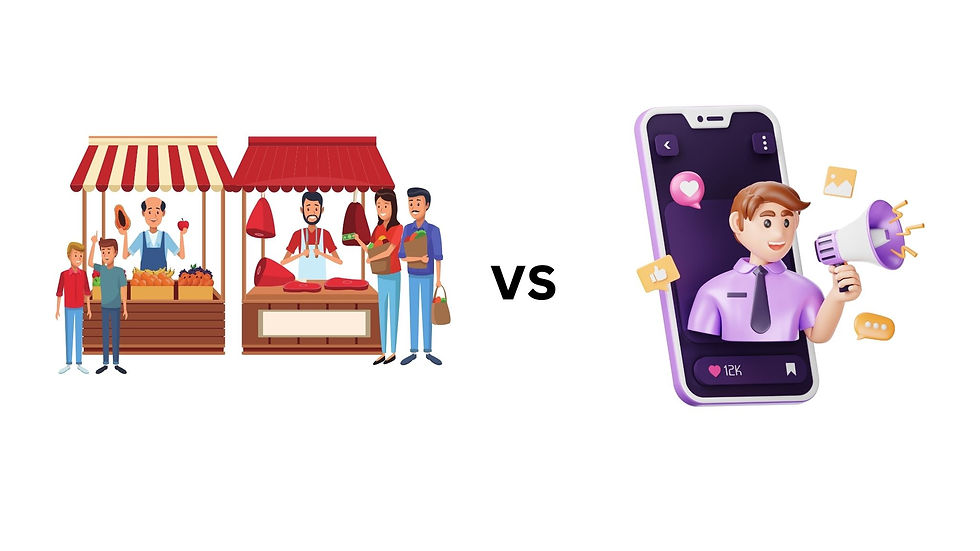The Importance of Storyboard and Video Script
- Juneffer Binti Sabastian Goh
- May 23
- 3 min read

As someone who’s spent a few years creating videos and capturing photos for several occasions—from scrappy social media clips to polished corporate campaigns, I learned one thing: to have the ability to foresee the future outcome.
Let me share a story with you.
I worked on a product launch video for a client a few years ago. Excited and eager to dive in, we skipped the planning phase and went straight to filming and shooting images. The result? Hours of disjointed footage, and not to forget when confused team members asked, “Wait, what’s the point of this scene?” and a client who hated the first draft because it didn’t align with their vision. We had to reshoot, re-edit, and eat into our budget—all because we didn’t take the time to plan.
That’s when I have to firmly stand my ground and keep these two unsung heroes of video production, scripts, and storyboards in my mind. Let me explain why these unsung heroes are game-changers—even (especially!) for someone new to the process.

What Even Are Scripts and Storyboards?
Let’s start simple.
A script is like a roadmap for your video. It outlines every word spoken, every scene described, and every action that happens on screen. Think of it as the “what” and “why” of your story.
A storyboard is a visual companion to the script. It’s a series of sketches or images (think comic book panels) that show exactly how each scene will look. This is the “how” and “where.”
Together, they’re the blueprint for your video. You wouldn’t build a house without blueprints, right? The same logic applies here.
Why Your Team (And Budget) Will Thank You
If you’re thinking, “But isn’t this extra work?”—I get it. Here’s the thing: scripts and storyboards save time, money, and headaches in the long run. Here’s how:
Clarity Over Chaos
Without a script, your team is left guessing. What’s the key message? How long should each scene be? A script ensures everyone—from the CEO to the camera operator—is on the same page. No more wasted hours filming scenes that don’t matter.
Visualizing Success (Before Spending a Dime)
Storyboards let you “see” the video before filming begins. Imagine spotting a confusing transition or awkward camera angle on paper instead of during an expensive shoot. It’s like a dress rehearsal for your budget.
Fewer Revisions, Happier Stakeholders
Have you ever had a client say, “This isn’t what I imagined!” after you’ve already filmed? A storyboard lets them approve the vision upfront. Changes cost pennies at the planning stage—not thousands during editing.
Efficient Collaboration
With a script and storyboard, your designer knows what graphics to make, your narrator knows what tone to use, and your editor knows how scenes flow. It’s teamwork, turbocharged.
But What If We’re ‘Just’ Doing a Simple Video?
I’ve heard this before! Here’s the truth: even a 30-second Instagram reel benefits from planning. Let’s say you’re filming a quick testimonial. Without a script, your interviewee might ramble for 20 minutes, leaving you to cut 95% of their words. With a script? They’ll deliver crisp, on-brand soundbites in three takes.
Storyboards also don’t need to be fancy. Stick figures work! The goal is to visualize the sequence—not win an art prize.
Remember!
You’re handing the reins to chance when you skip scripting and storyboarding. Mistakes, miscommunication, and reshoots become inevitable. But with these tools, you steer the project. You control the timeline and the budget, and—most importantly.



Comments